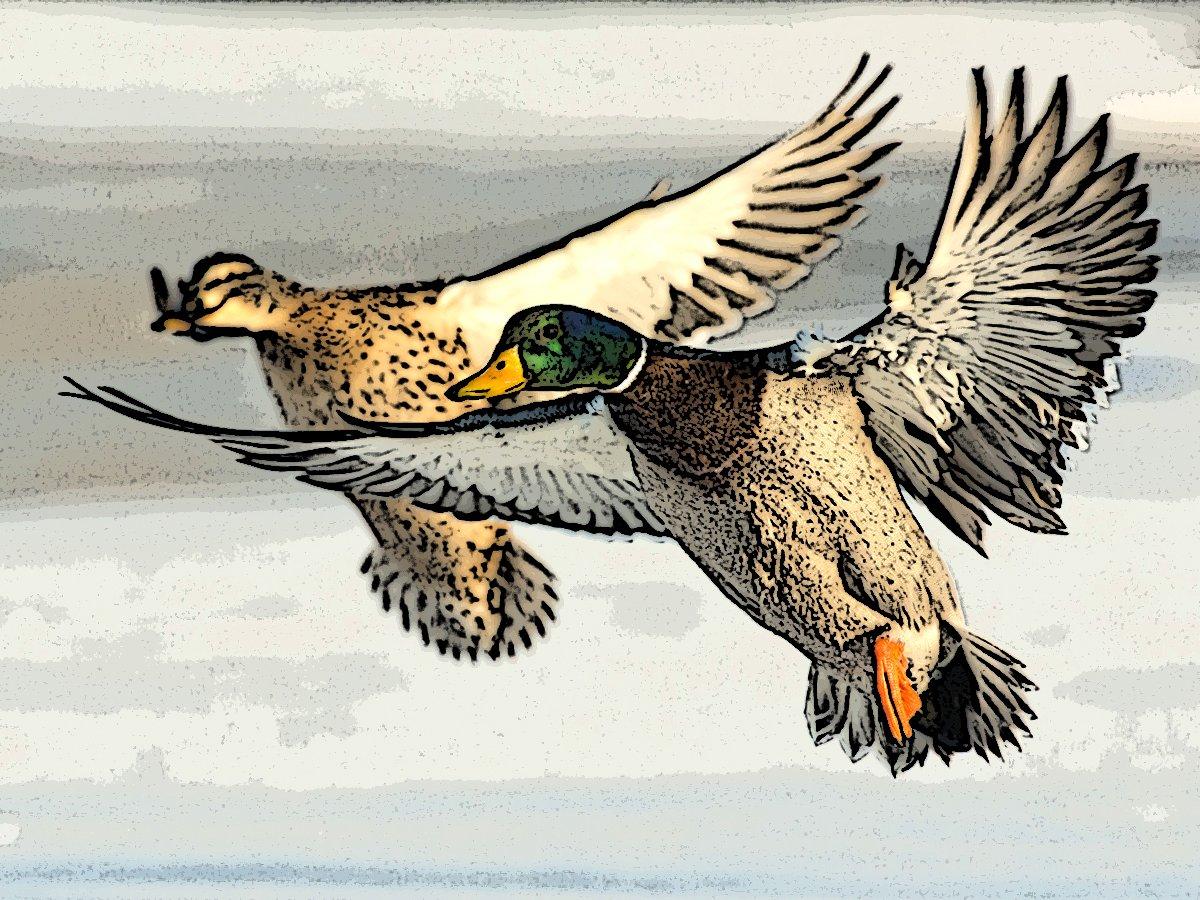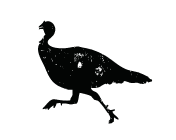Waterfowlers can commiserate over their encounters with these birds

Depending on where and how you hunt, you probably experience several types of ducks that frustrate you year after year. Some birds don't read the playbook and — gasp — adopt annoying behaviors that keep them alive and make you pull your hair out.
I feel your pain. In fact, this past season I encountered quite a few ducks that really ticked me off. Maybe you can relate.
Mallards
Enough said. They're just evil. Moving on …
Vanishing Wood Ducks
Given my druthers, I love to see relatively wet springs, which replenish wetlands and help boost duck production, but slightly dry autumns, which eliminate many seasonal wetlands to which ducks can disperse when the shooting starts.
No dice this year. Late-summer rains gave local ducks plenty of places to hide, and they took full advantage. My go-to wood duck hole was jammed with birds before the opener. Yet after two decent hunts, those birds vanished. Knowing they wouldn't have migrated so early, I scoured the neighborhood, searching for clues. I didn't have to look far. A small patch of sheet water in a cattle yard right off the highway was loaded with woodies. I stopped counting at 30. And then I pulled up onX to seek other hunting areas.
Lemming Bluebills
Every diver hunter has experienced this: A flock of ducks lands short of your decoys, and during the next few hours, every diver in the flyway cups its wings and lands with them, turning you from a duck hunter into a bird-watcher.
I did it to myself this past season. Every afternoon, a huge raft of bluebills formed in a remote bay near my house. Not wanting to haze ducks, I set up about a mile from the X one afternoon, hoping to traffic birds going to and from the area. Instead, I watched black-and-white rockets power-dive into the bay while easily avoiding my pathetic decoy spread. The 2021 lesser scaup population was about 3-plus million, and it seemed as though we saw roughly 2.5 million of those that day.
Gadwalls 3.0
Twenty years ago, hunting gaddies on the prairies seemed ridiculously easy. Anything worked, and gray ducks almost always returned to a slough after being jumped. Nowadays, hunting pressure has turned them into another animal. Stale gray ducks are almost as bad as educated mallards, jumping from slough to slough and reassembling at the speed of a group of fall gobblers.
Yet there we were in late October, plying 20-year-old tactics on the prairies, and then watching as gaddies vanished or simply landed in the middle of large sloughs and stayed there. Even putting them to bed didn't work; a slough jammed with 250-plus birds one evening morphed into empty water overnight.
We still shot plenty of birds, but they made us work, and we had to be on point with our setups and approaches. Come to think of it, that might actually have been more enjoyable than simply jumping birds from a slough and then pounding limits in a half-hour. Maybe.
The Straight-at-You-Out-of-the-Sun Merganser
Well, it appears we're out of space for this installment, so I won't be able to describe this bird — heh-heh, assuming it actually happened. And no, you can't see the pictures.
Click here for more Realtree waterfowl hunting content. And check us out on Facebook.






































